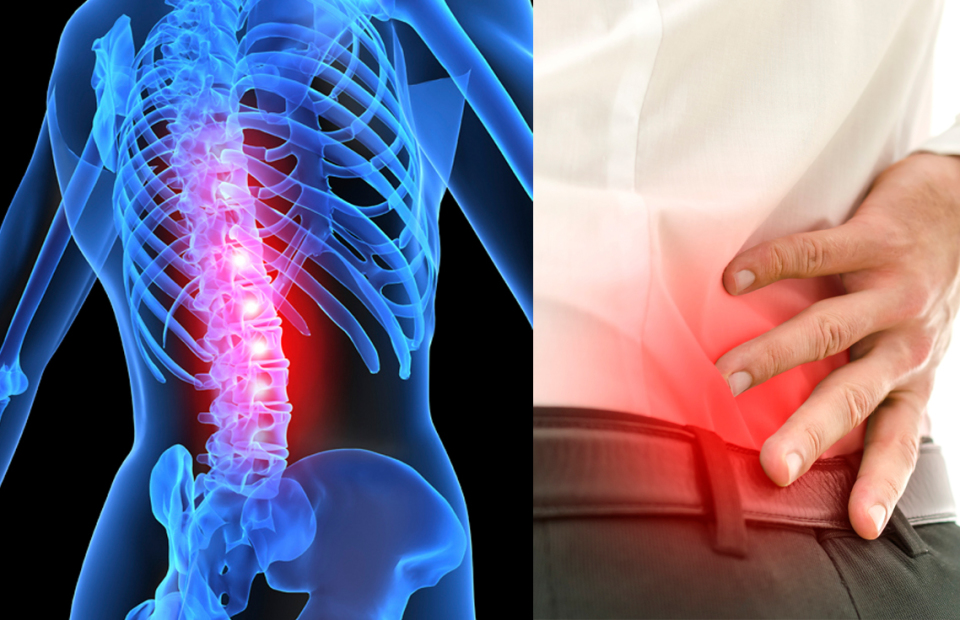Lumbar stenosis is a condition that affects the spine, causing narrowing of the spinal canal. This narrowing of the spinal canal can place pressure on the spinal cord and nerves, leading to pain, numbness, tingling, or weakness in the legs. While the condition is typically related to the natural aging process, other factors such as injury, disease, or a tumor can also cause lumbar stenosis. Treatment varies depending on the cause of the stenosis, but typically involves a combination of medications, physical therapy, and other therapies. To get more details about lumbar stenosis treatment you can visit this site https:/

Image Source : Google
Medications are used to reduce inflammation and pain and can include non-steroidal anti-inflammatory drugs (NSAIDs), muscle relaxants, and corticosteroids. Physical therapy is used to strengthen the muscles of the lumbar spine, improve mobility, and reduce pain. This can include exercises such as stretching, core strengthening, and lumbar stabilization. Additionally, heat and cold therapy can be used to reduce inflammation and pain.
In more severe cases, surgery may be necessary to reduce the pressure on the spinal cord or nerves. This typically involves a laminectomy, which is a procedure to remove part of the bone in the lumbar spine to create more space for the spinal cord. Additionally, spinal fusion may be used to stabilize the spine and reduce pain.
In addition to medical treatments, lifestyle changes can help reduce symptoms of lumbar stenosis. This includes avoiding activities that put strain on the spine, such as prolonged sitting or lifting heavy objects. Furthermore, maintaining a healthy weight can reduce strain on the spine.
